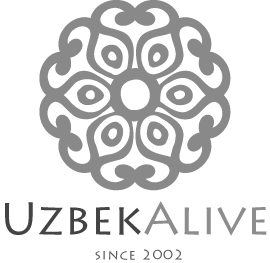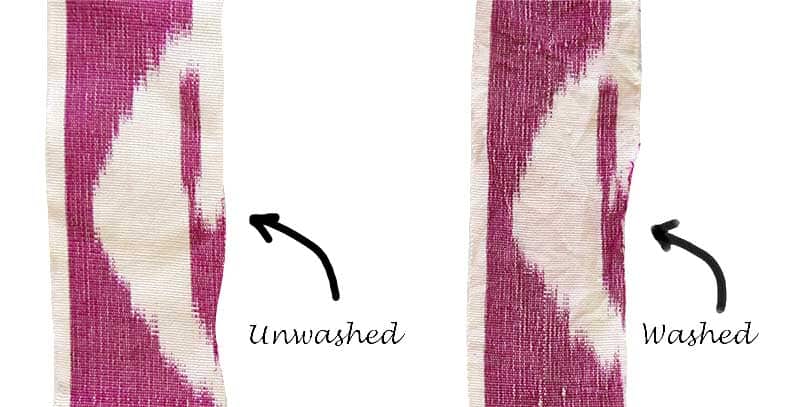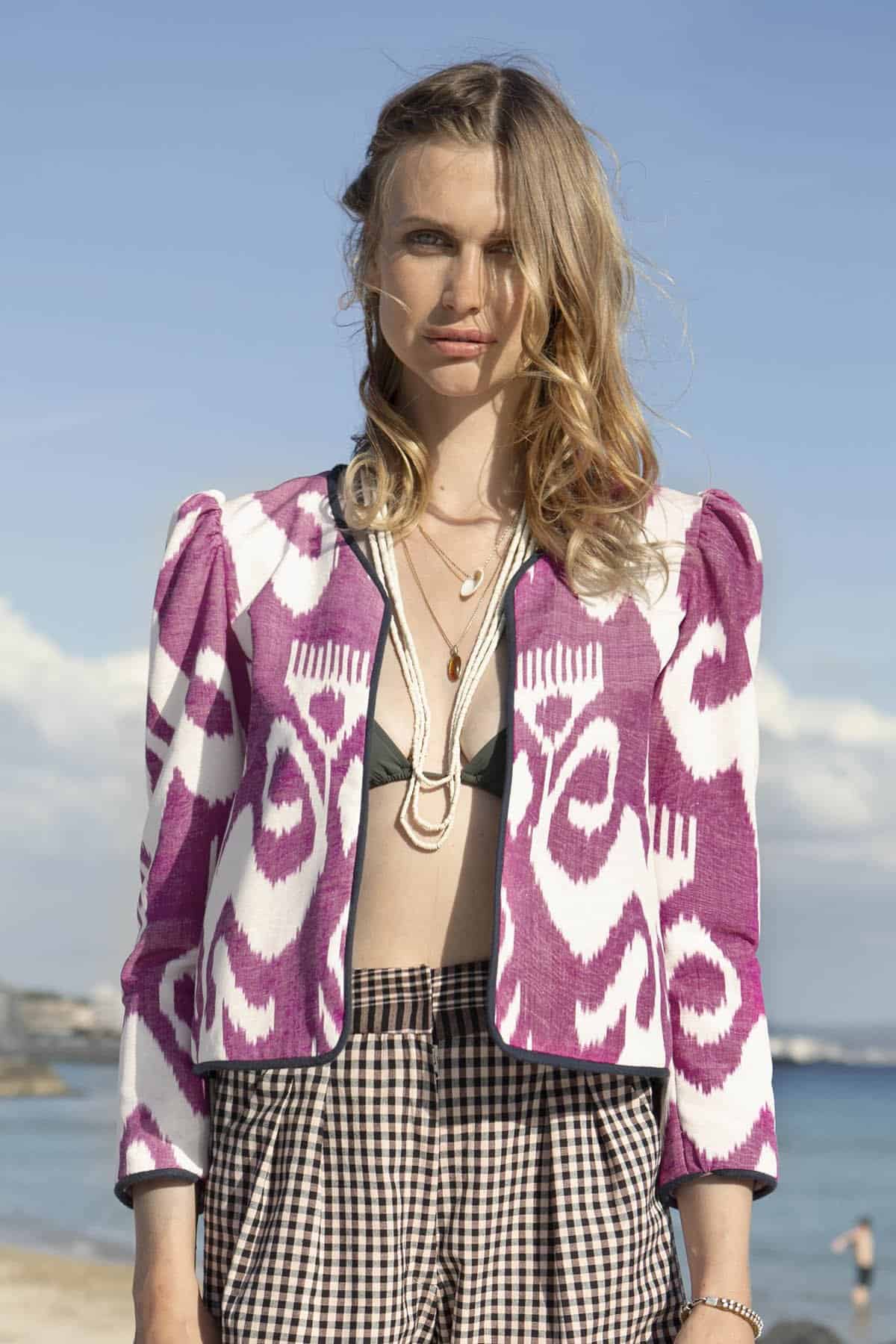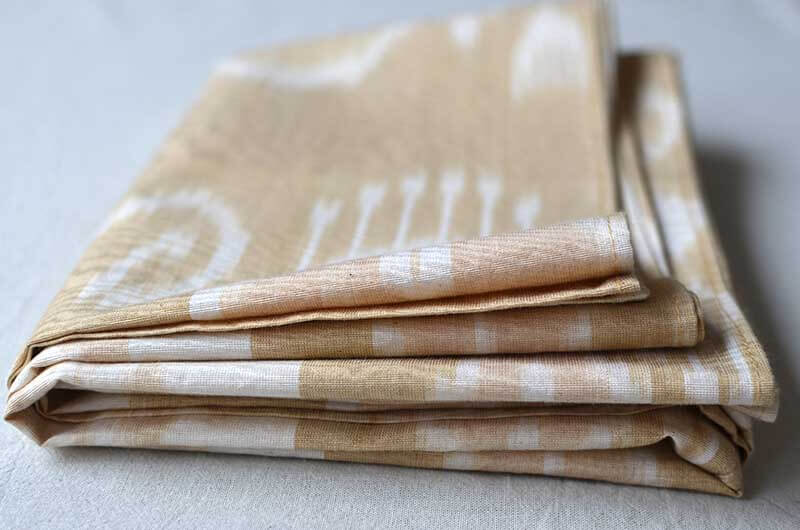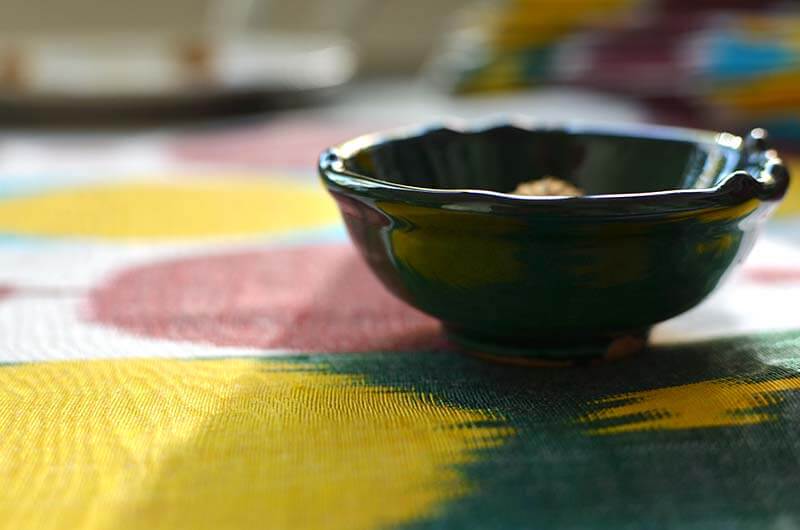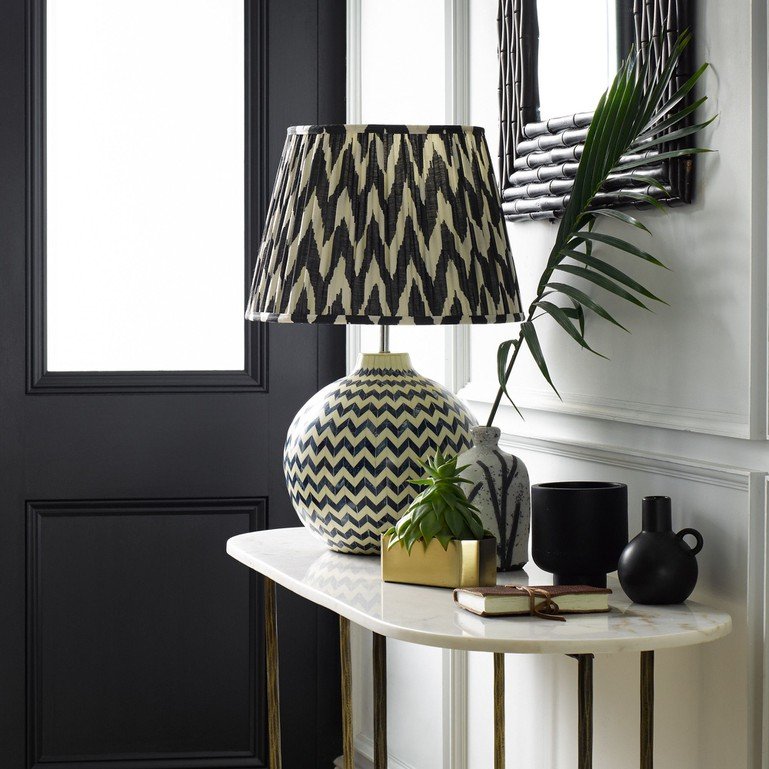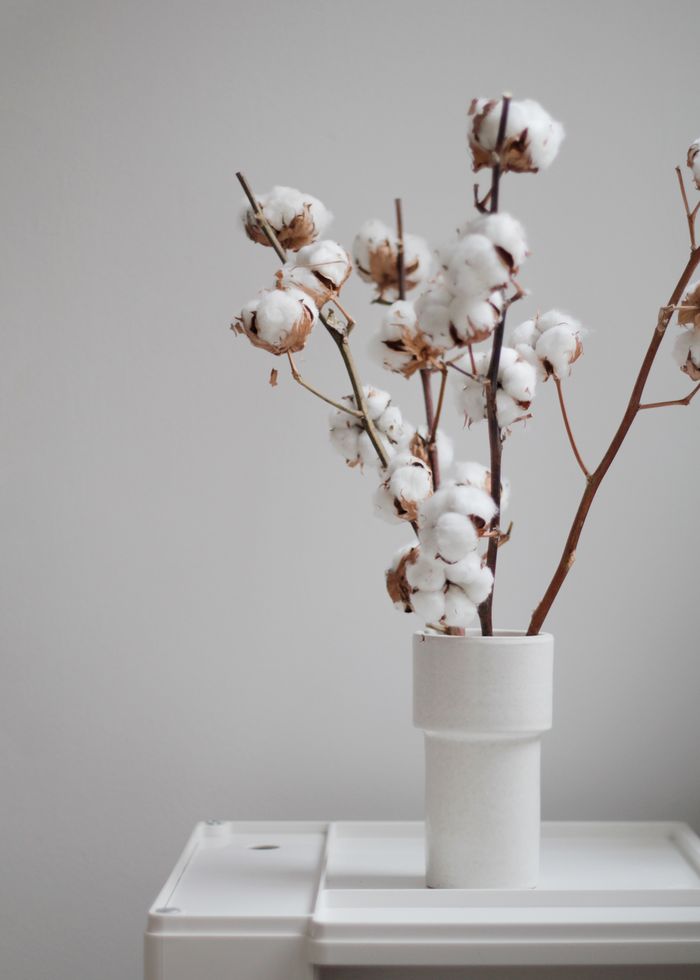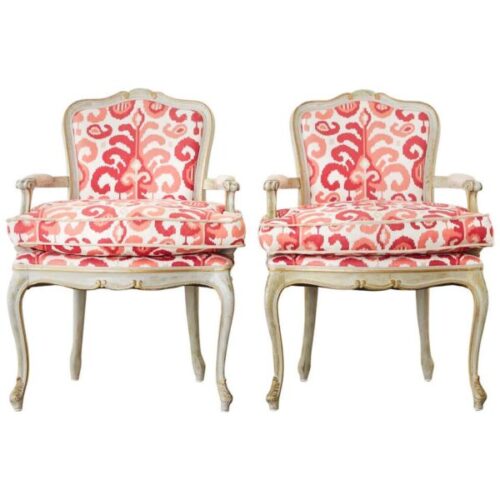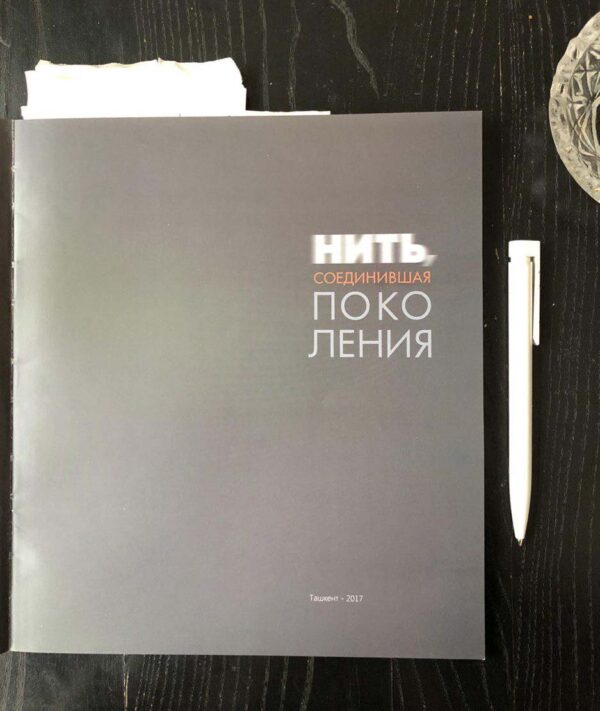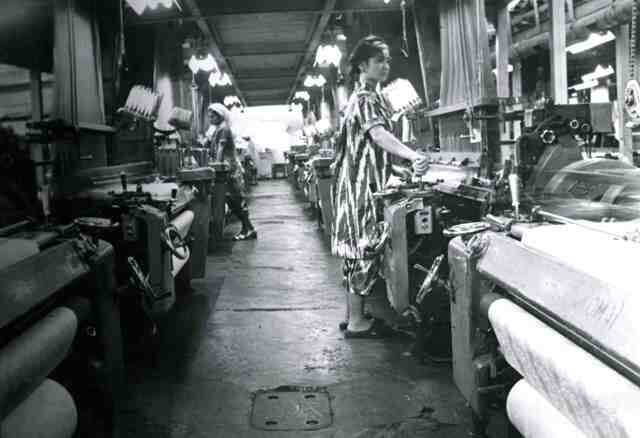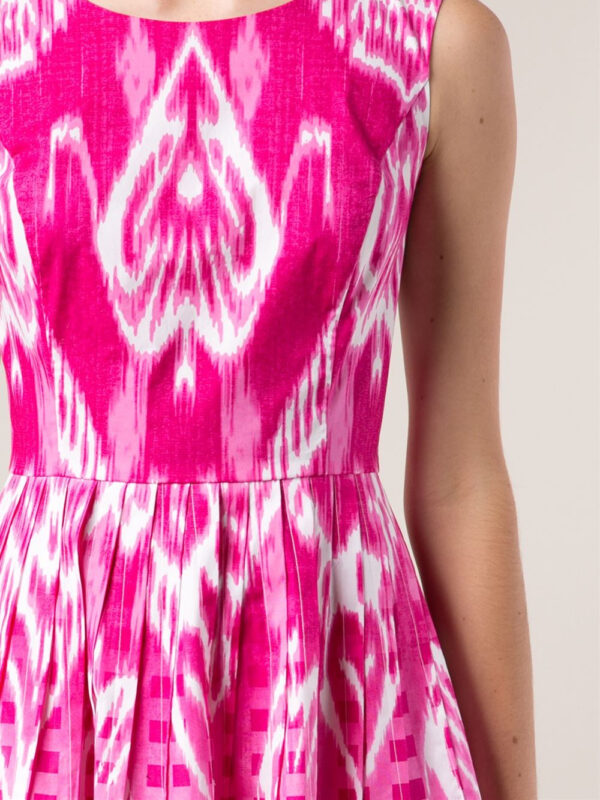How to care for ikat fabrics?
How to care for ikat fabrics? This is what this blog post is about. Let me start off with a bit of a history. Ikat, as you may already know since you are on this website, is an Indonesian term
Uzbek ikat fabrics in collections of Alix of Bohemia
We are used to hearing these grand names of haute couturiers who use Uzbek ikat fabrics for their collections like John Galliano and Oscar de la Renta. In light of how much media covers work of big fashion houses smaller fashion brands are almost left unnoticed. Meanwhile they seem to be leaving some serious dents on fashion runways.
The other day I was googling something ikat related. The Google Almighty - sometimes this is how I feel we should start referring to Google since so much depends on it - led me to a website of a fashion designer whose name I never heard before – Alix of Bohemia.
Who Is Alex of Bohemia?
Alix of Bohemia is a fashion brand by Alix Verley-Pietrafesa, an Italian textile, French arts genes mixed with education in the University of Scotland, further infused by travels round the world, currently creating from New York City. The bohemian part comes from her passion for vintage things and ethnic textiles. Alix uses it all – embroidery, ikats, kantha quilting, block print fabrics. Of course, it is the Uzbek ikat fabrics part which we find the most interesting.
A set of two ikat fabric panels
We have a new addition to our stock - a set of two elegant, beautiful and almost noble looking ikat fabric panels . For making them we used our own handloom Beige and White ikat fabric. Each panels represents 2 widths of ikat fabric put together to create a larger panel. These two panels are ready to be used as curtains - size 197cm x 74cm (77.6" x 29.1"). They can also be used as a decoration for a wall, table cloth, table runner (for wide tables) or even upholstery fabric.
“Fruity and Juicy” cotton silk ikat fabric, dyelot 2
We have a new dyelot of "Fruity and Juicy" cotton silk ikat fabric which is available at this link:. This multicolor cotton silk blend ikat was hand dyed and handloom woven in Margilan, Uzbekistan . This is a perfect ikat pattern for projects where you need to add a pinch of fresh and vibrant colors.
Differences with an old dyelot
New dyelot has a mat antiqued finish and is 4 cm (1.8") wider. This ikat dyelot has a beautiful moire pattern.
Ikat lampshades we love: our top 3 favorite stores
Handloom ikat fabrics are widely used in fashion and for soft furnishings in interiors. One niche area in interior decoration in which ikat fabrics are not used so widely is lighting. Today we would like to share with you a few examples how human genius used bold ikat patterns for creating some of the most amazing ikat lampshades. Here is our top 3 favorite stores which have been using ikat fabrics in their collections.
Sustainable fabrics and our ikat fabrics
I wanted to share this very interesting article from "The Good Trade" blog about sustainable fabrics. Here is a link to the whole article: "Sustainable Fabrics 101: Everything You Need To Know Before You Shop". The article talks about fabrics in relation to fashion, specifically fast fashion since that's where the most environmental damage comes from. However, all points covered are applicable to interior design and interior decoration.
Ikat fabric for upholstery: 3 examples of pairing antique chairs with ikat fabrics
Ikat fabrics are widely used for upholstery. They are “go to” fabric when it comes to creating Boho Interiors with subtle and not so subtle ethnic touches. Using ikat fabrics also creates amazing results when ikats pair with antique and
“Bukharian pattern” pure silk ikat fabric by Rasul Mirzaakhmedov
I recently discovered a book "The yarn connecting generations" published in Tashkent in 2017. The book is in Uzbek and Russian. The book is a tribute to works of two ikat artisans from Margilan - Turgunboy and Rasul Mirzaakhmedovs, a famous father and son duet. They revived some Central Asian ikat patterns lost during the Soviet times and created many new ones. Turgunboy Mirzaakhmedov passed away years ago - God bless his soul. Rasul, the 9th generation abrbandi ikat maker is continuing his legacy. It was interesting to read the book since I personally knew late Turgunboy aka and know Rasul.
Why are modern day Uzbek ikat fabrics narrow?
Today's topic is the narrow width of Uzbek ikats fabrics. Many of you ask us why Uzbek ikat fabrics are so narrow. With this post I will try to explain why.
Ikat fabrics and arrival of communism
Ikat weaving has been practiced in Central Asia for centuries by artisans. The arrival of bolsheviks with an idea of communism about 100 years ago put an end to individual craftsmanship and made all manufacturing, including ikat making a government domain. Only state owned textile companies made ikats. Attempts to make ikats at home as a side business was a crime for which artisans could go to a jail. This sounds wild but the Soviet idea was to have everyone economically equal. When someone works secretly at home, in addition to working for a state textile factory, he/she gets richer than others. That was unacceptable to the Soviet regime. The fact that ikat weaving has survived is partly due to these "crimes" committed by artisans by working in secret.
Hot pink ikat fabric and grande Oscar de La Renta
We have something in common with great Oscar de la Renta. It’s not only love for Uzbek ikat fabrics. It is specifically love for hot pink and white ikat fabric.
Take a look at this summer dress from Oscar de la Renta’s Resort 2015 collection. This is a dress made of a Ikat pattern fabric combined with a gingham pattern. I don’t know if the fabric is a handmade ikat fabric. From the description of the dress at www.matchesfashion.com this dress is Ikat and gingham print versus being a real ikat fabric. You can read more about a difference between ikat fabrics and ikat print fabrics following this link.
